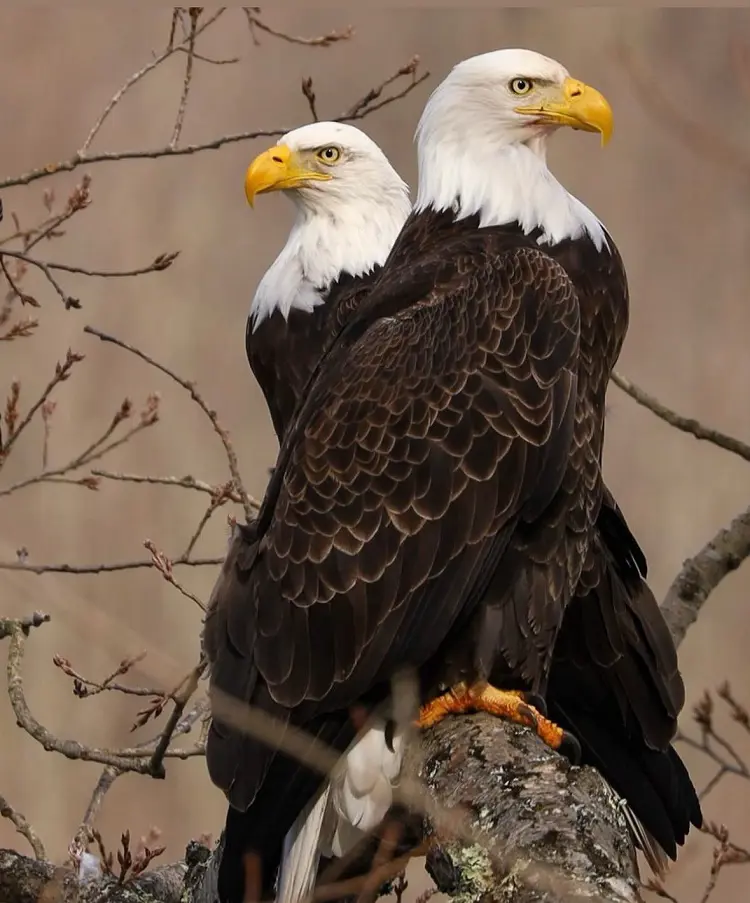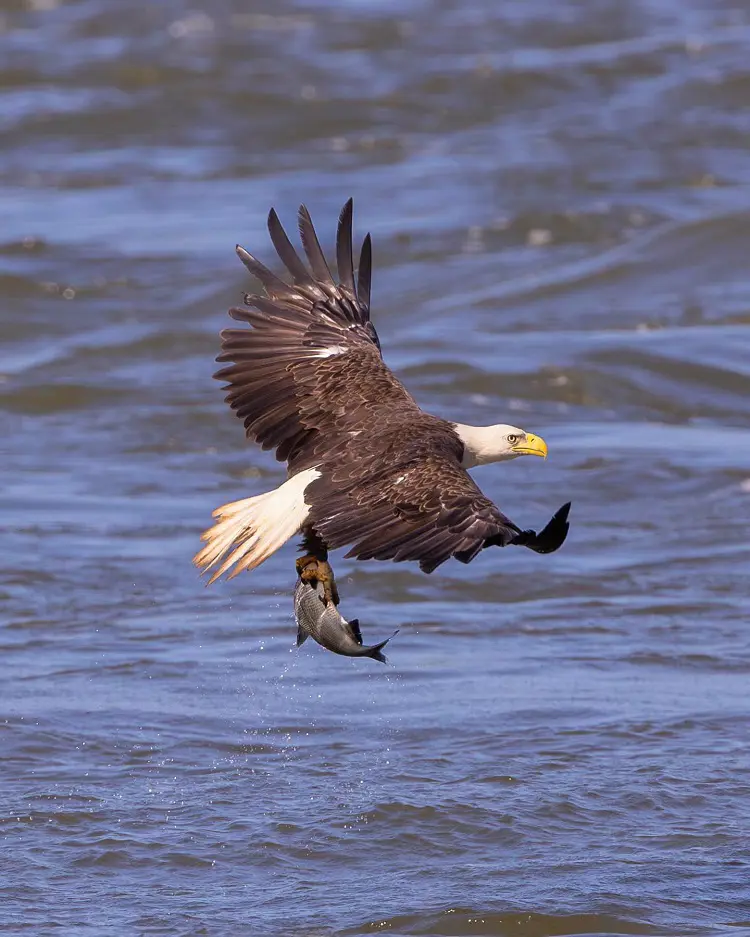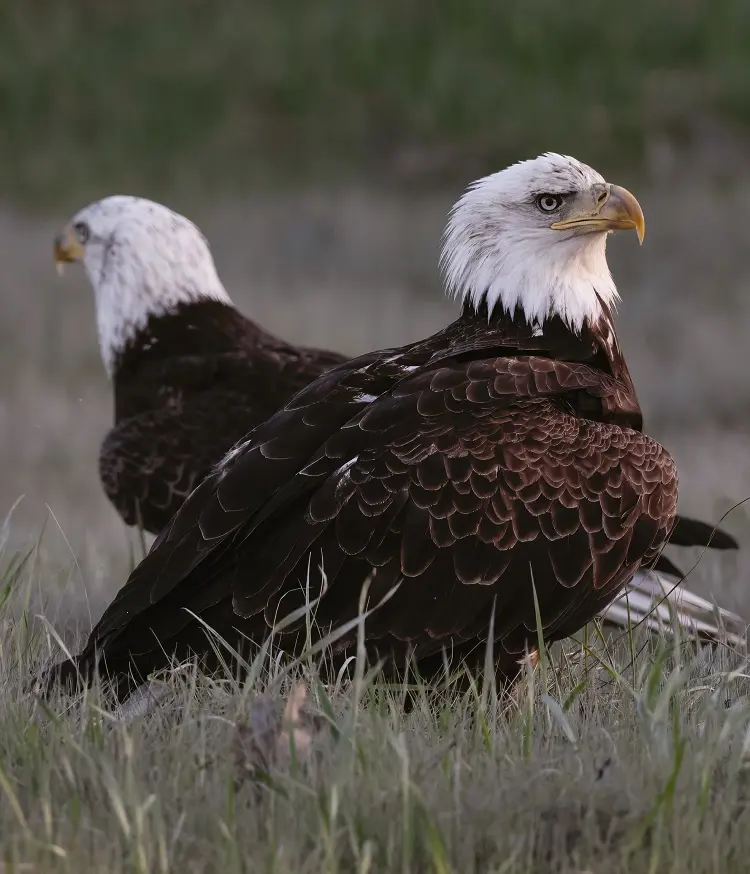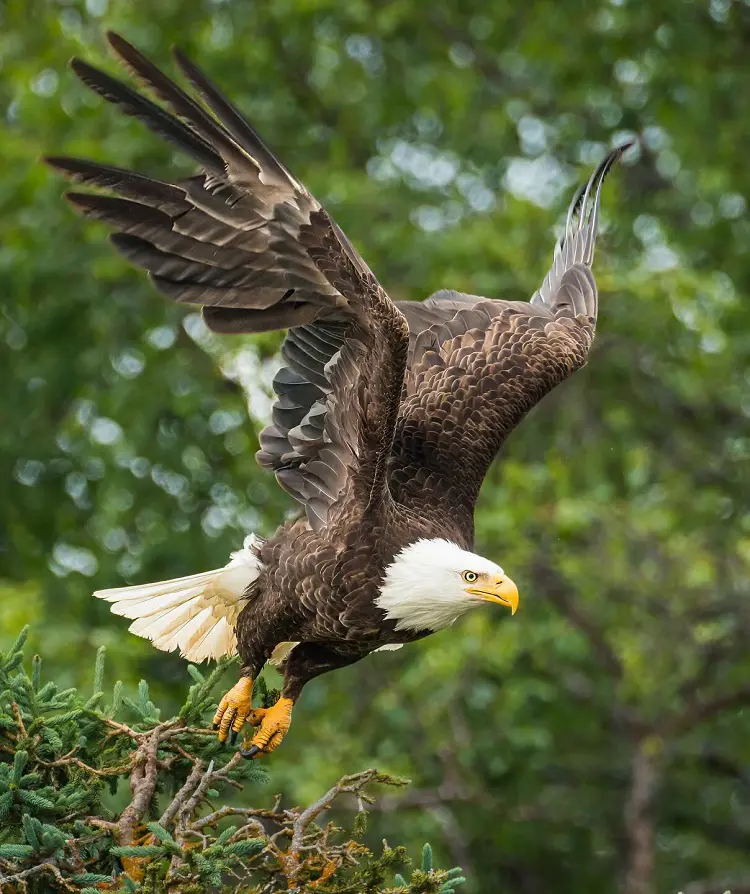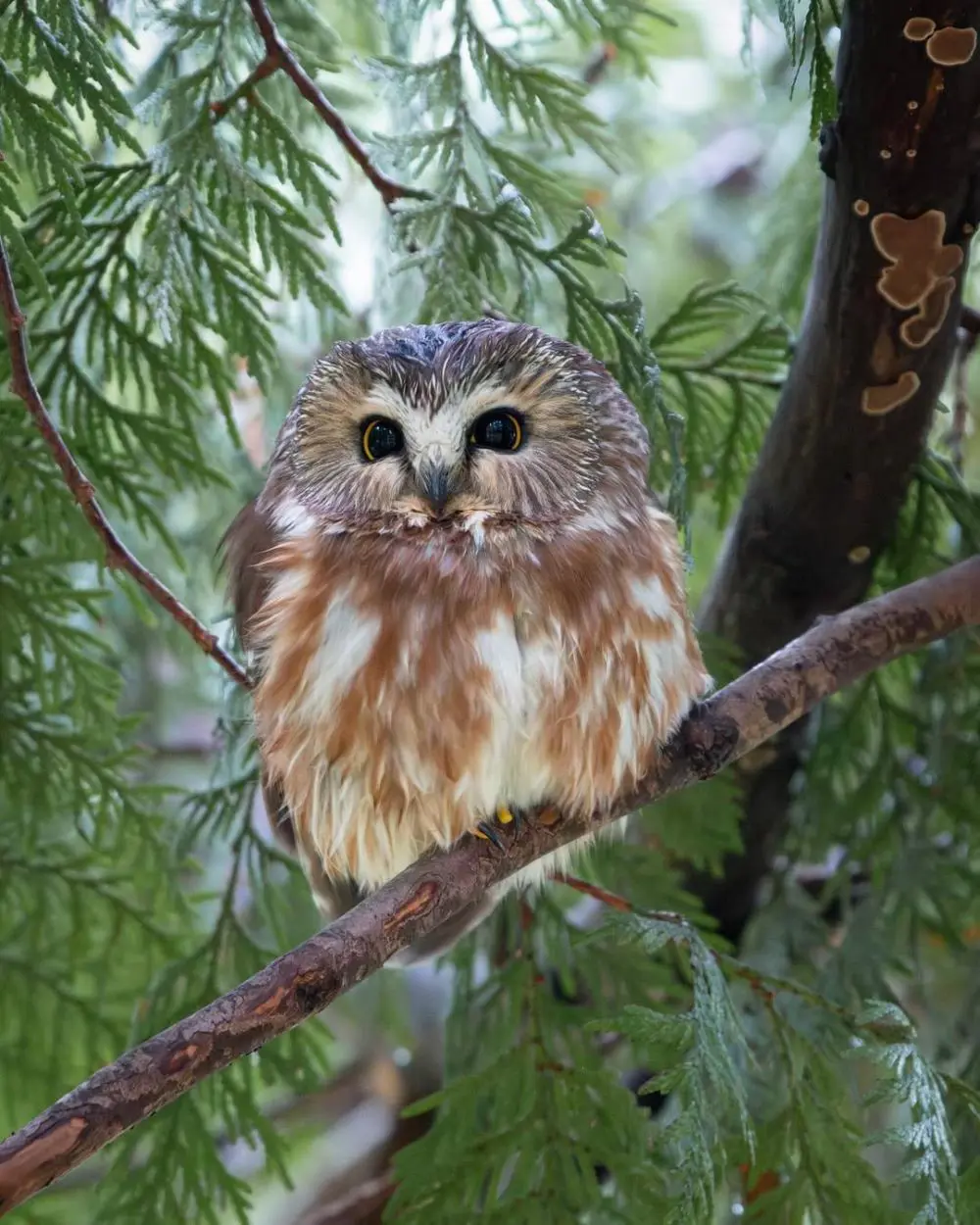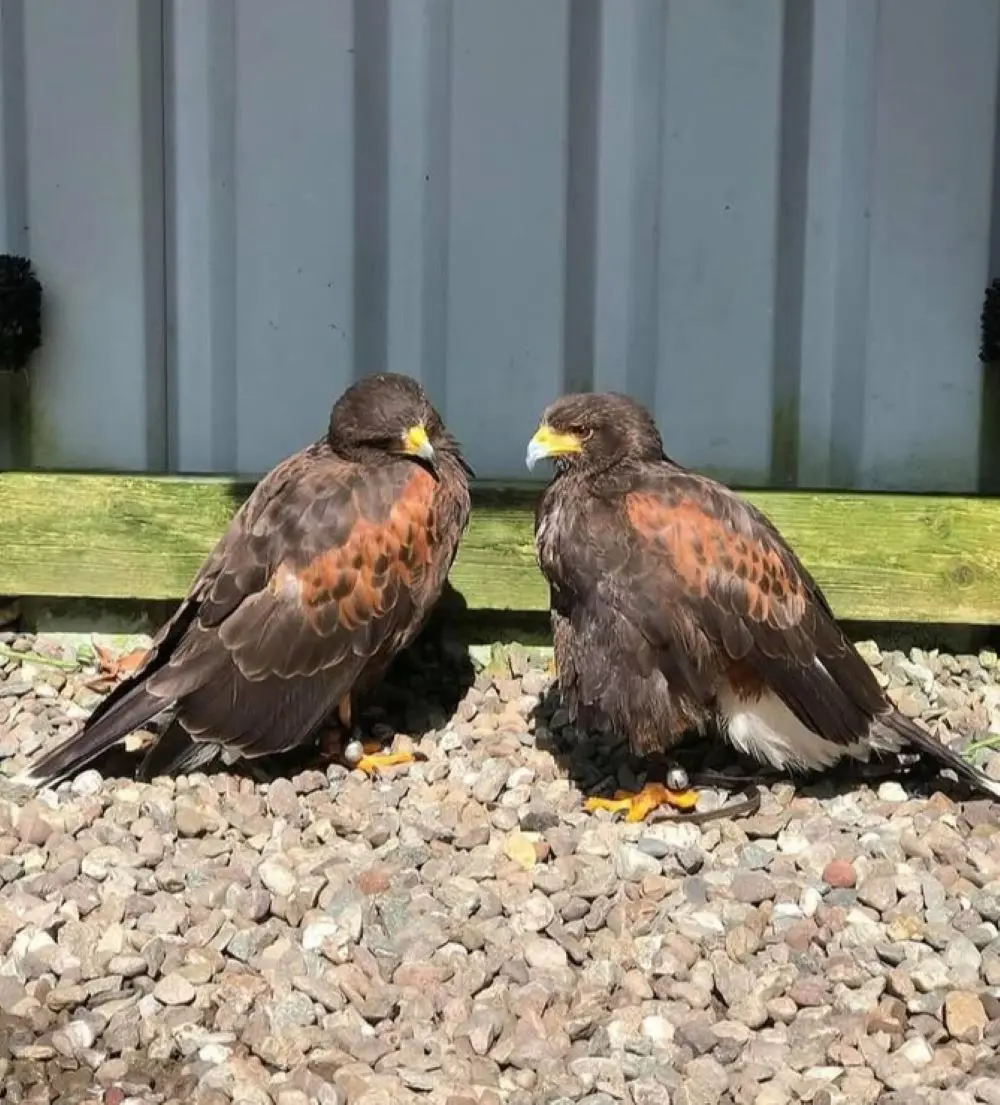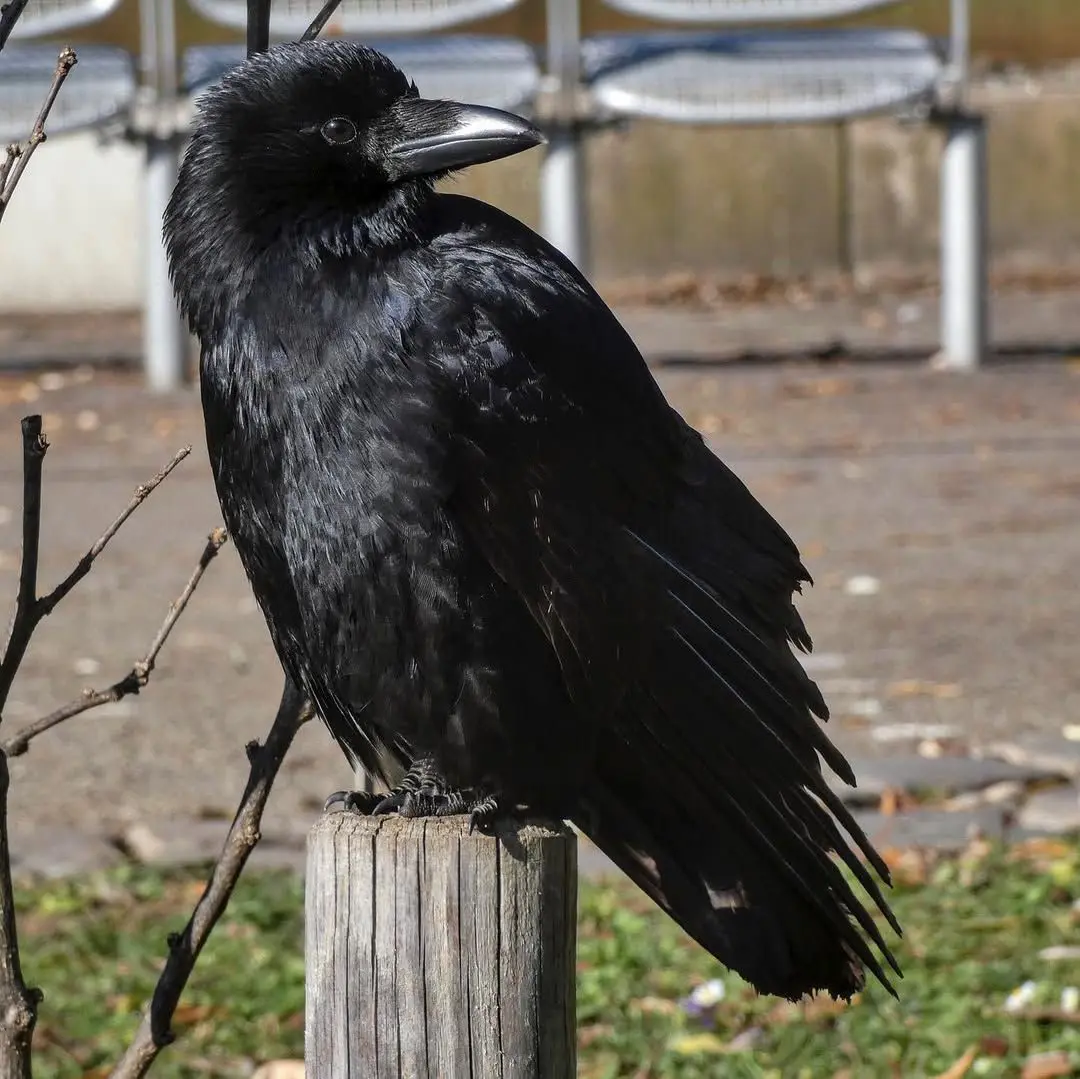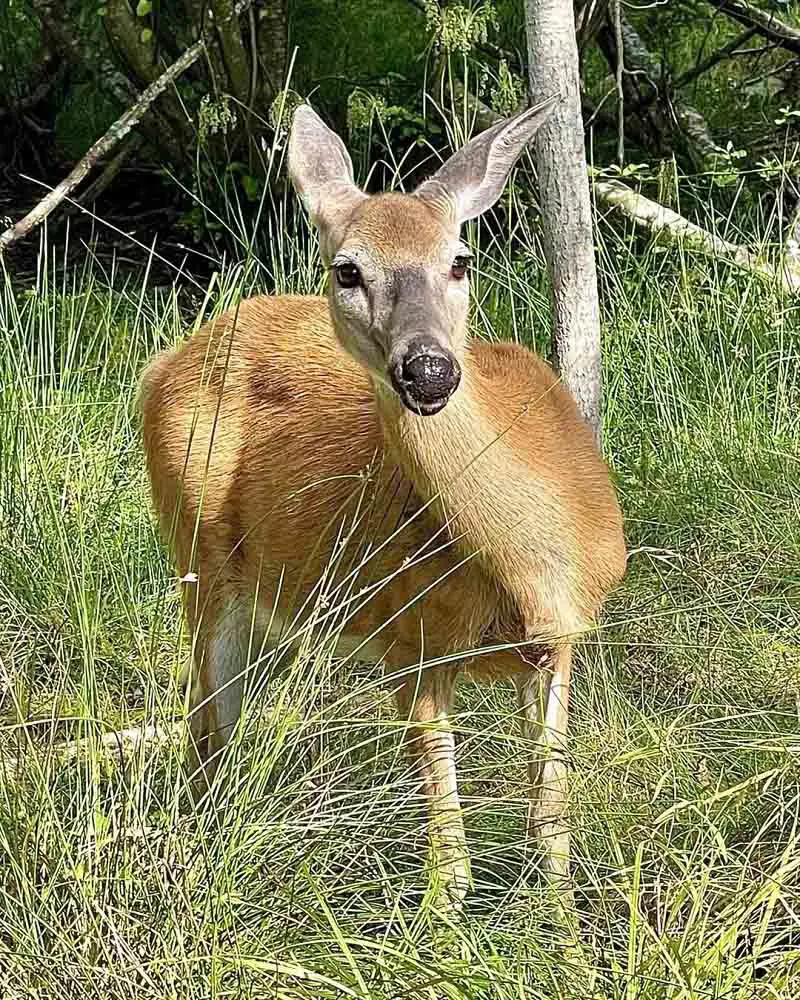Size and Physical Description
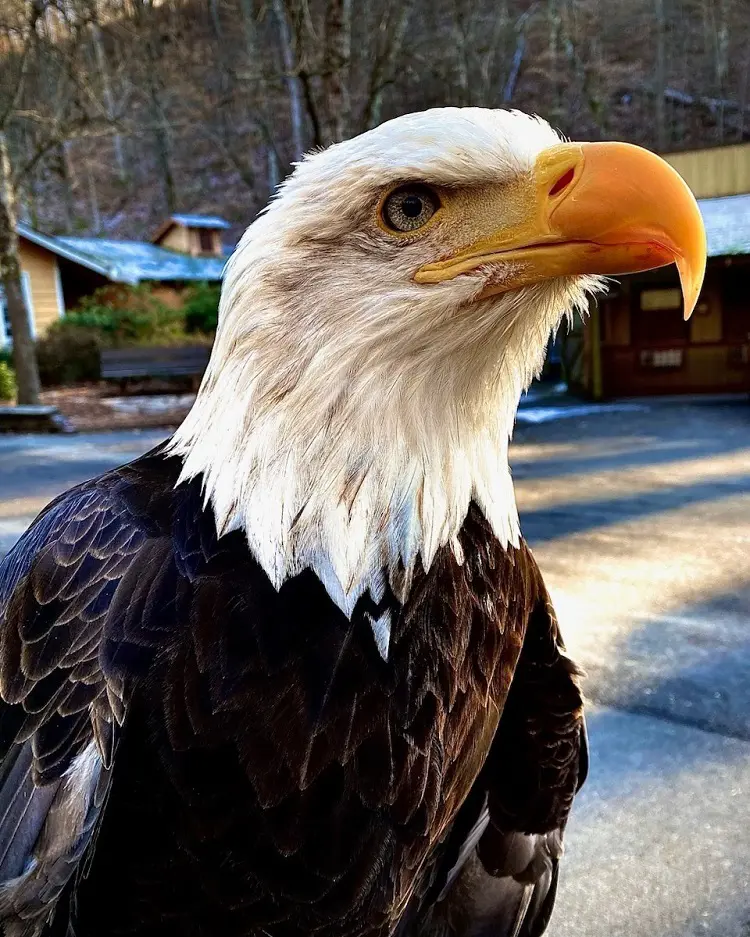
Bald Eagles are among the largest birds of prey in North America. Their size and physical characteristics are essential aspects that contribute to their imposing presence.
Size
- Wingspan: Bald Eagles have an impressive wingspan ranging from 6 to 7.5 feet (1.8 to 2.3 meters). This broad wingspan allows them to soar effortlessly and cover vast distances while hunting.
- Body Length: The body length of a Bald Eagle typically ranges from 28 to 40 inches (71 to 102 centimeters), with females generally being larger than males.
- Weight: Adult Bald Eagles can weigh between 6.6 to 14 pounds (3 to 6.3 kilograms). Females are typically 25% larger than males, a common trait among birds of prey.
Physical Characteristics
- Plumage: Adult Bald Eagles are easily recognizable by their distinctive white head and tail feathers, contrasting sharply with their dark brown body and wings. Juveniles, however, have predominantly brown plumage with white mottling until they reach maturity at around five years of age.
- Beak and Talons: They possess a powerful, hooked yellow beak designed for tearing flesh and strong, yellow talons equipped with sharp claws for catching and gripping prey.
- Eyesight: Bald Eagles have exceptional eyesight, estimated to be four to eight times stronger than that of humans. This keen vision enables them to spot potential prey from great heights.
